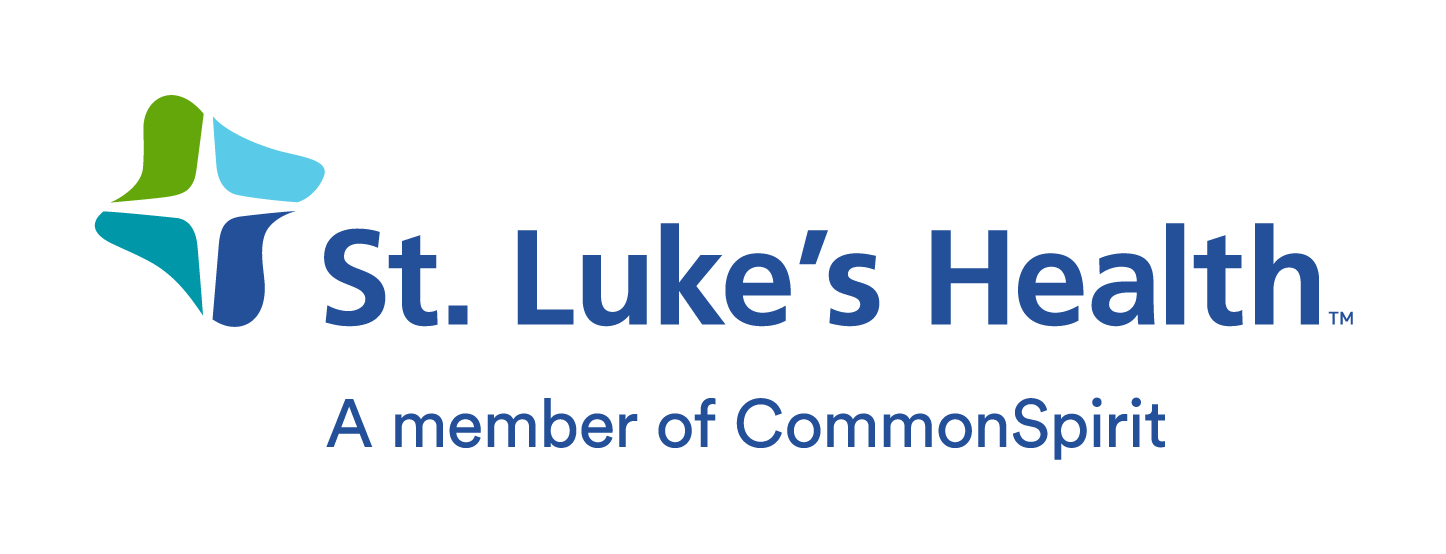Health care professionals share the goal of providing the highest level of care to all patients and to help them be the healthiest versions of themselves. At St. Luke’s Health (SLH), we are committed to making high-quality, compassionate care available to all residents in our service area, including people most in need of healing.
Unfortunately, like many health care organizations, our 2022 Community Health Needs Assessment (CHNA) shows we still have work to do to improve health equity and access to health care services in our communities. We’re taking an honest look at where the challenges lie so we can address them and meet our goals, as an organization and as a community.
Zeroing in on Health Equity
The ongoing issue of disparities in health care is not only a local issue but also a national focus, as evidenced by a recent announcement from The Joint Commission. As of July 1, a leadership standard focusing on health disparities will be upgraded to a National Patient Safety Goal (NPSG). As in the leadership standard, under NPSG Goal 16, accredited hospitals will still be required to identify patient needs and social disparities in order to develop a strategic plan to improve health equity within their organization.
"Everyone needs a chance for safe, equitable and meaningful care. As such, equity must be the foundation for safety and quality in health care," said Jonathan Perlin, MD, PhD, President and CEO of The Joint Commission, in a release. "By elevating the existing standard to a National Patient Safety Goal, we are emphasizing the importance for health care organizations to ensure oversight and accountability for health care equity."
What does this mean for SLH? While we have always prioritized making health care accessible to everyone, our recent CHNA results have highlighted ways we can enhance our efforts.
Key CHNA Takeaways
1. Access to Health Insurance
Health insurance coverage is an essential part of health equity. Our survey revealed that our service area did not meet the Healthy People 2030 objective of 92.4 percent, except in the senior population. In the Baylor service area, results showed:
81.1 percent of the total population had health insurance coverage
88.9 percent of children up to 18 years of age had coverage
75.1 percent of adults age 19–64 had coverage
Additionally, disparities existed within age groups based on race/ethnicity. In every age group except for children, people who identified as a race other than those listed—non-Hispanic white, Black, American Indian/Alaskan Native (AIAN) or Hawaiian/Pacific Islander—had the lowest percentage of health care coverage. Children in the AIAN group had the lowest coverage rate at 72.3 percent, while Hispanic people had the second-lowest rate in all age groups other than children.
Plus, more than 15 percent of adults in Harris County had an unmet medical need because they couldn’t afford health care. This is far above the Healthy People 2030 objective of 3.3 percent.
2. Having a Medical Home
People who have an established medical home as well as a primary care provider are more likely to seek preventive care and less likely to make unnecessary trips to the emergency room.
In our service area, 34.1 percent of adults do not have a regular primary care provider. In Harris County, the ratio of the population to primary care providers was 1,710:1, as compared to the state ratio of 1,640:1.
3. Access to Primary Care Community Health Centers
Data shows among the residents in our service area, nearly 14 percent are at or below 100 percent of the federal poverty level (FPL) and 34.1 percent are at 200 percent of the FPL or below. Community health centers (CHCs) provide uninsured and medically underserved populations with primary care for medical, dental and mental health needs. Yet, even though several CHCs are located throughout our service area, more than 83 percent of low-income residents are not receiving care from these providers.
What Can We Do Differently?
In addition to income and insurance coverage status, many other factors contribute to health disparities in our area, including:
High cost of medical visits and medications
Lack of transportation to appointments
Little to no availability of health care services after work hours (evenings and weekends)
Long wait times for specialty care appointments
No cultural or language resources for people who need them
Each of these barriers plays a role in poor health care access—not only at St. Luke’s Health, but in communities across the country.
After reviewing our 2019 CHNA, St. Luke’s Health implemented changes to address some of the health equity issues in our area, including:
Collaborating with community organizations, as well as churches, civic groups and support groups, to create and present educational seminars
Fostering relationships with primary care and other providers to help hospital patients connect with medical homes
Providing community education on available health services as well as cultural differences that impact bias and affect treatment
These programs are certainly a great start, but as we move forward, we know we’ll need to ramp up our efforts and identify new ways to improve health equity. With perseverance, we can increase awareness and begin to eliminate some of the barriers to health care access in our community—so every resident can receive high-quality care. What is your organization doing?




